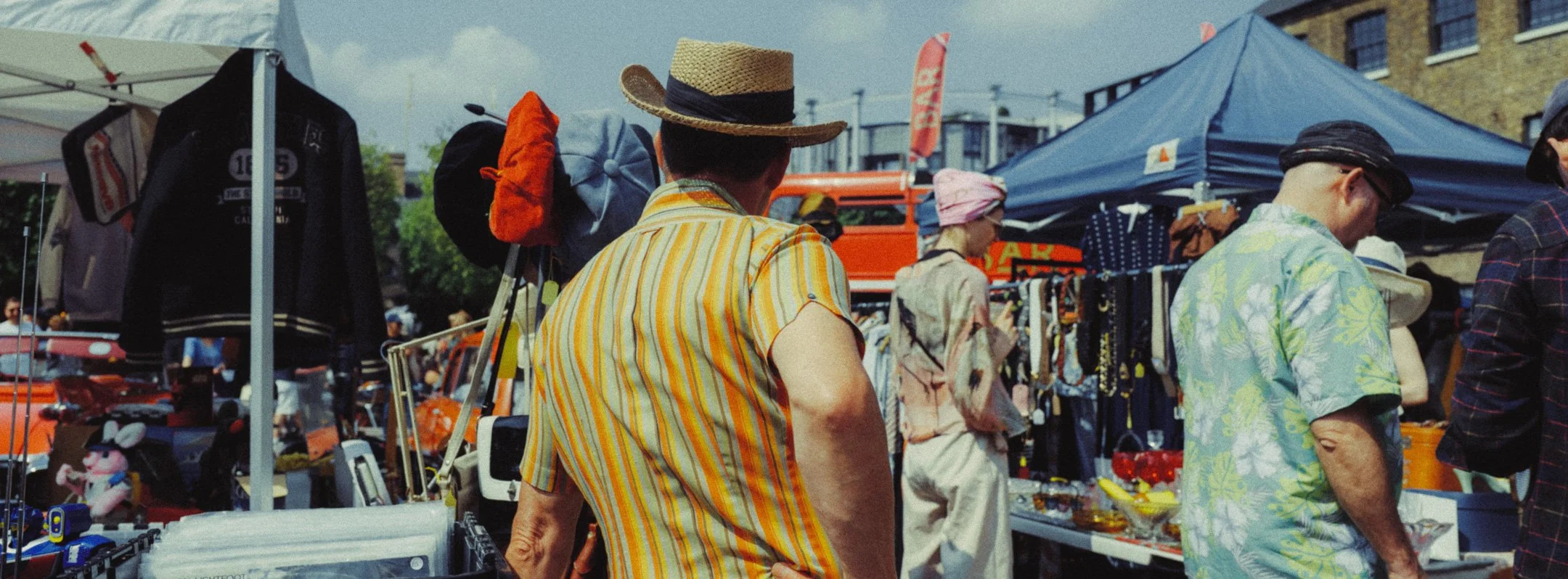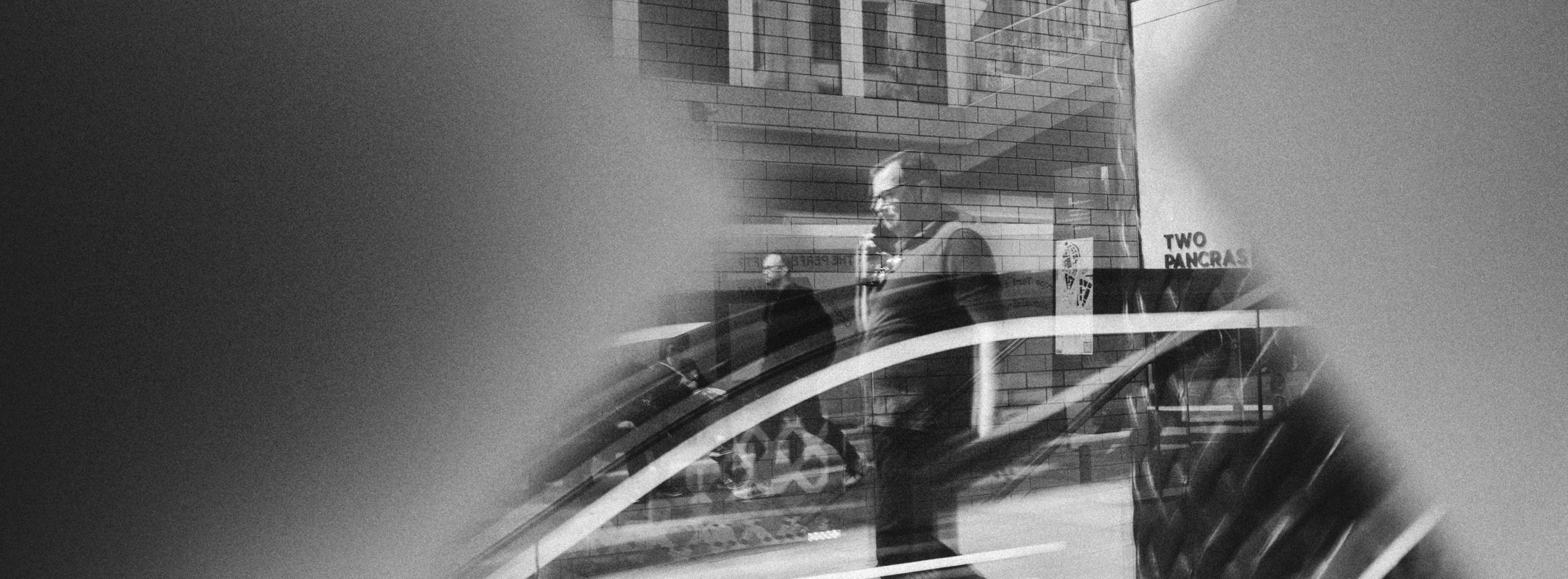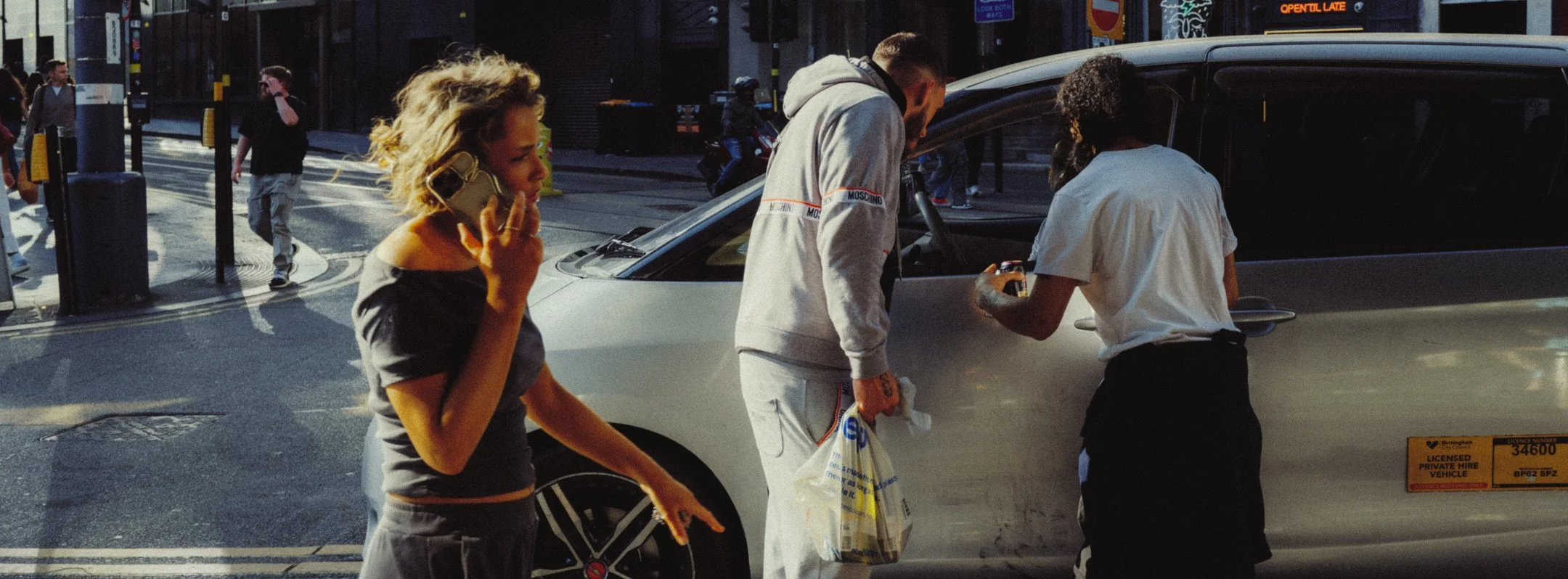Street Photography with XPan
I’ve always wanted to share more about my photography, but with the busyness of everyday life, it never quite happened. Recently, a friend encouraged me to start sharing, and it made me stop and think. Instead of chasing quick replies on social media, I decided to take my time and write here.
Today, I want to talk about my experience shooting street photography with the Xpan format. I’ve always dreamed of owning a particular camera: the Fujifilm and Hasselblad collaboration, the TX1. But given its current price, I could never quite justify buying a film camera, especially since I’m not really into shooting film. So when Fujifilm recently announced the RX100RF, I was immediately intrigued. Even though I’m aware of some of its shortcomings and think the price is a bit steep, its portability and responsiveness, especially for a medium format camera, really appealed to me. Of course, you don’t need this camera to shoot in the Xpan ratio, but its compactness and speed make it a very suitable choice for street photography. Plus, with its 100-megapixel sensor, it gives me plenty of flexibility when cropping to the Xpan format, so I decided to give it a try.
But today I’m not here to talk about the camera itself. I want to share some thoughts on shooting with the Xpan format. To me, the Xpan aspect ratio is incredibly captivating because it narrows the visual field; by cropping out the top and bottom of the frame, it forces you to focus more on what’s happening in the middle. It’s a bit like watching a widescreen movie. That cinematic feeling that comes from this format is hard to replicate, it’s something truly special.
But I have to say, shooting in Xpan isn’t easy. It’s a format that requires a very different mindset compared to standard photography. Framing becomes more challenging because you’re not just thinking horizontally, you’re thinking cinematically. You have to be intentional about what you leave out at the top and bottom of the frame, and how you guide the viewer’s eyes across that wide canvas.
One thing I’ve learned is that composition in Xpan needs patience. When you’re shooting in such a wide format, it’s easy to end up with empty or disconnected spaces in your photo. Every element in the frame has to have a purpose, there’s no room for random clutter, but at the same time, you don’t want it to feel too sparse. Balancing those elements is part of the fun, but also part of the challenge.
If you’re thinking of trying Xpan-style photography, my advice is to spend time looking first, practice seeing scenes in a panoramic way, even without your camera. Pay attention to how lines, subjects, and backgrounds interact across a wide horizontal space. And don’t be afraid to experiment; sometimes the unexpected compositions are the most rewarding.
While I wouldn’t recommend beginners to jump straight into shooting in the Xpan format, because I truly believe it requires a different way of seeing and thinking compared to standard photography. I do think it can be an inspiring tool for photographers who, like me, sometimes feel a bit lost or stuck in their creative journey. Exploring this unique aspect ratio might just help you discover new perspectives, new ideas, and a fresh way of looking at the world through your lens.






